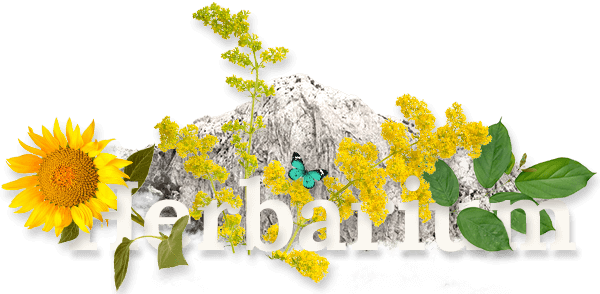Izradu internetske stranice sufinancirala je Europska unija u okviru operativnog programa Konkurentnost i kohezija iz Europskog fonda za regionalni razvoj.
saznajte više

VALERIAN
lat. Valeriana officinalis
Other names: Valerian root, garden valerian, tobacco root, garden heliotrope, all-heal, phu (Galen), great wild valerian, amantilla
Scroll
Habitat:
The plant is native to Europe, South Africa and parts of Asia. It prefers rich, heavy loam with adequate moisture. Most of the valerian used in medicine is grown on farms and cultivated for this purpose.
Description:
The valerian plant is a perennial that can reach a height of 4 feet. The stems of the plant are erect and hollow with white or reddish flowers that bloom each summer. The leaves are dark green and paired at their base. The flowers have a peculiar, though not completely unpleasing, scent. Some describe the scent as similar to well-aged cheese or milk.
Plant Parts Used:
The root and rhizome are used for medicinal purposes. Valerian root is mainly used as an herbal sleep aid. The plant has been shown to provide both improved sleep quality and longer sleep, without giving the “hangover” feeling in the morning like so many synthetic medications used to treat insomnia. In the 1980s, Swiss researchers studied the effects of valerian root on sleep patterns and found that the herb reduced the time it took to fall asleep, especially in elderly patients and those with sleep disorders. Some clinical trials have suggested it should be used for two to four weeks before the daily mood and sleep patterns are improved. The herb is, therefore, perhaps not particularly well-suited for acute insomnia. It is also worth noting that valerian can act as a diuretic so that preparations of the herb might not work well as
a sleeping aid for people who have a tendency to get up and urinate at night. Valerian root is, however, one of the mildest and most harmless herbal sleep aids there is. Additionally, the herb has been used for irritability, depression, anxiety, nervousness, exhaustion, delusions, hysteria and nervous tension. It has also been used as a medicinal herb for panic attacks. Valerian root has also been shown to relieve pain. This, combined with the sedative effect, makes it effective in relieving headaches (especially stress headaches,) migraines, arthritis and muscle pain. This herb has also shown promise in treating several nerve disorders. Shingles, sciatica, neuralgia, multiple sclerosis, epilepsy and peripheral neuropathy are all conditions that respond to valerian use.
Cautions:
Please be aware that herbs, although natural can interact with certain medications, and that they may be ill advised to use under certain health conditions. Please consult a qualified health practitioner for cautions pertinent to you.
No therapeutic claim is made or intended for AZENA products. Information is for educational purposes only.




